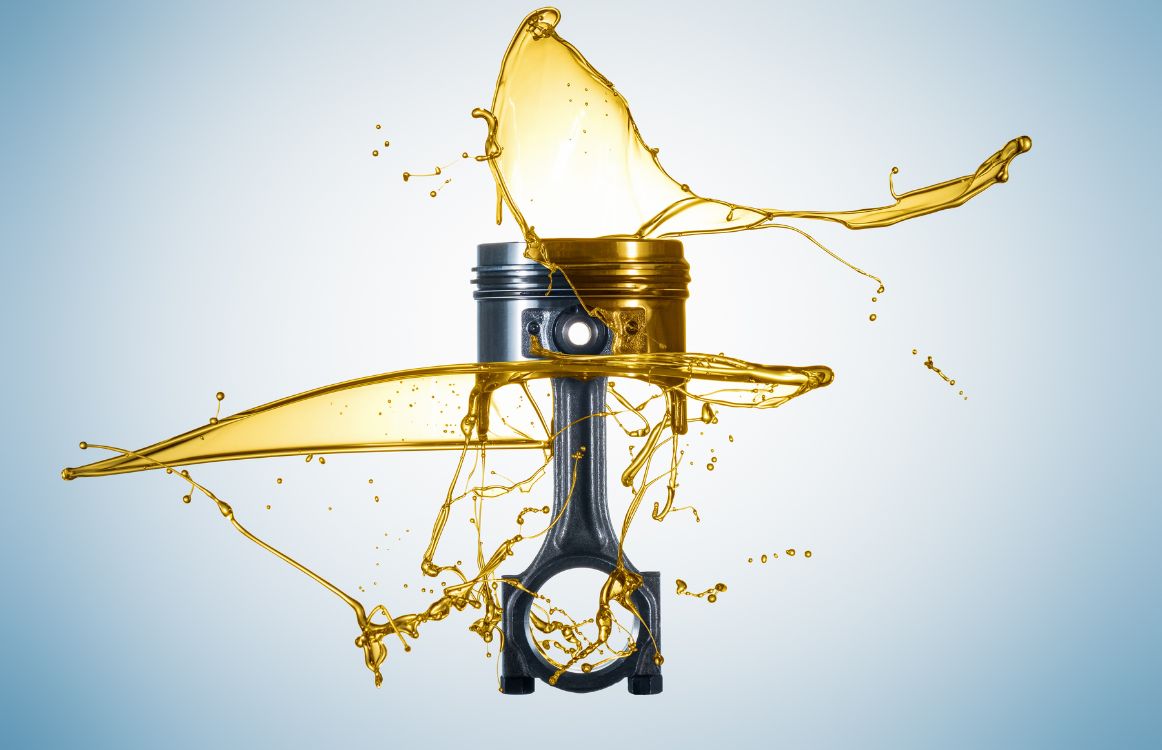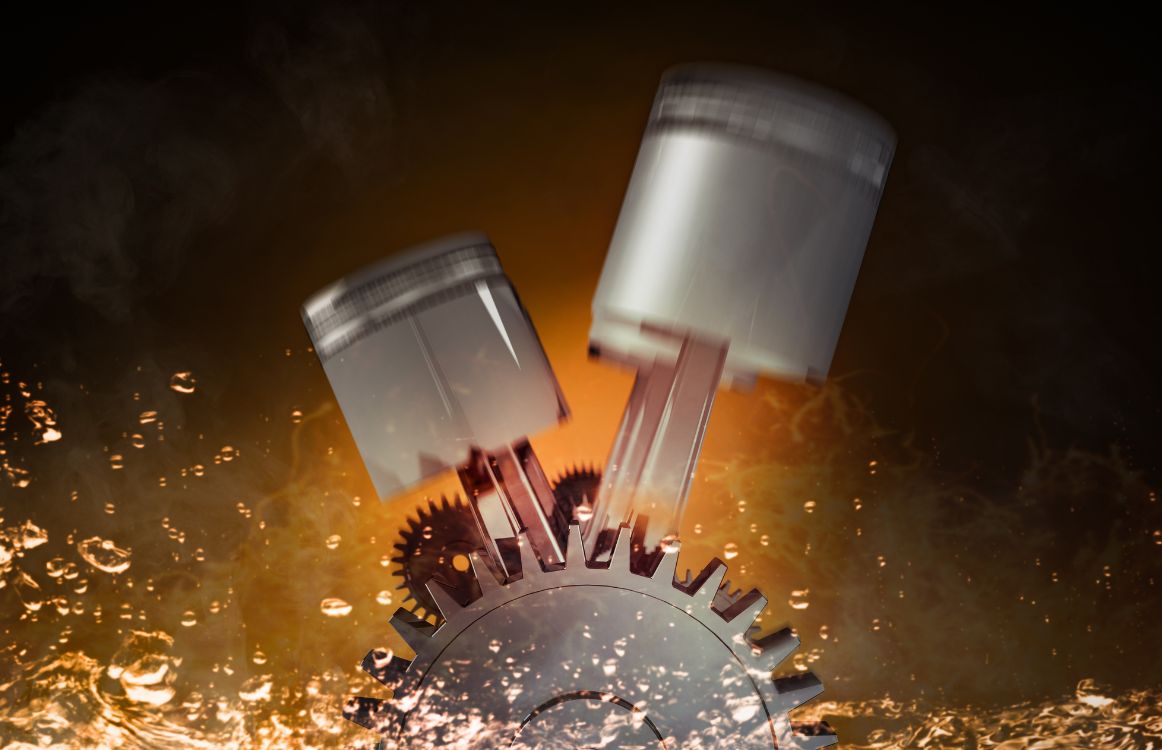Fine Metal Particles in Engine Oil

The last thing you want in engine oil or machine lubricant is metal. And while most larger metal pieces are easily identified and filtered out with various screens and filters, fine metal particles in engine oil are easily missed and therefore more difficult to remove. At the same time, these tiny shavings can cause enormous, and often disastrous, damage. So, what do we do about it?
Why Metal Particles in Oil Are a Problem
While it might seem like only large pieces of metal will cause a problem in engine oil or machine lubricant, the reality is that fine metal particles can be even more troublesome. A large chunk or shaving of metal is much more likely to cause immediate, noticeable damage, often before anything too bad can happen.
In contrast, fine shavings that are invisible to the naked eye can cause wear and tear over time, can clog up input and output, and can interfere with the intended flow and function of machinery.
Sometimes, these fine particles can appear as bits of glitter, but often you will not notice anything at all.
And while you can screen and filter out larger particles, fine metal particles will pass right through these screens and filters along with the viscous oil they inhabit.
Thus, if left too long, fine metal particles in oil can destroy an engine entirely or simply cause your vehicle to break down years before it should have.
This problem is one for engine oil producers, lubricant producers, and owners of vehicles and the mechanics who serve them. It is imperative to identify and remove these tiny invaders.
What Causes Fine Metal Particles in Engine Oil?
Fine metal particles can find their way into mass produced engine oil through drilling systems.
Remember that in order to manufacture engine oil, a large drill is placed into the ground and then a pump extracts the crude oil from deep beneath the surface of the earth.
This drilling and extraction process means that crude oil encounters metal on several occasions before it even gets to production. Then, the oil is mixed with additives, also in machines.
At each step of this process, the machinery has the opportunity to release shavings, parts, and particles into the oil.
In most cases, those particles will be filtered out, but there is still a good chance some of the finest among these shavings will make their way to the finished product.
Once that happens, customers, both in the public and among auto repair shops, will not be happy to find their oil contaminated.
For this reason, it is critical to stop this problem at the manufacturer’s level.
Mechanics also have an opportunity to catch any engine oil problems before they start by examining batches of oil as they come into the shop. You could be saving your customer thousands or tens of thousands of dollars in damage.

What to Do About It: Oil Particle Analysis
Oculyze has developed a generic particle counter, powered by an image analysis software that can cover multiple applications. This is especially true for applications where foreign objects which should not be counted are not expected, which includes, of course, the detection of metal particles in oil. If a specific detection is needed, the system can always be expanded and combined with a classification to differentiate what is being counted.
You can test the Oculyze particle counter here, keeping in mind that the recognition provided is solely for demonstration purposes and may not accurately represent the performance of our product. Our customers receive customized recognitions tailored to their specific needs, which ensures high levels of accuracy.
Also, there is no need to start from scratch if you have a solution that works already. Our customized image recognition software can be fully integrated into your existing software due to the open nature of our API.
How to Remove Fine Metal Particles from Engine Oil
Once you have identified fine metal particles in oil, you can remove them using a disc stack centrifuge, which will use mechanical separation and centrifugal force to essentially spin metals out of engine oil.
This approach can be used with newly produced oil and lubricant and with used engine oil as well. In this way, we can be sure that oil gets recycled and used for other purposes rather than thrown into landfills or waterways and contributing to the wear and tear of the earth.
In the end, fine metal particles in engine oil are no laughing matter and should be immediately identified and dealt with.
Fortunately, you now have both the means to identify them and to rid yourself of the problem.
Sources:


